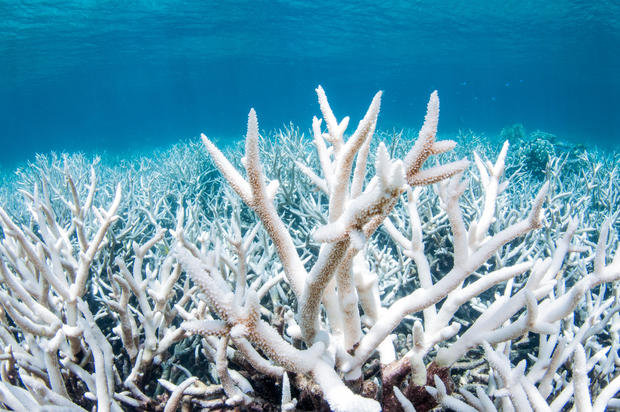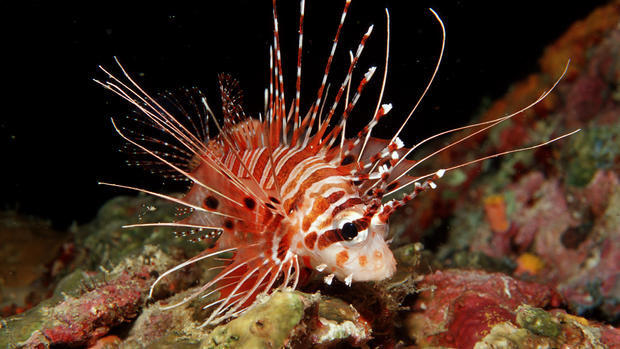91% of reefs surveyed along Great Barrier Reef affected by coral bleaching, report finds
Ninety-one percent of reefs surveyed along the Great Barrier Reef in Australia were affected by coral bleaching to some degree during the summer of 2021-22, according to a government study. Researchers say climate change is “the greatest threat to the Reef” and that the warming ocean is a key factor behind the recent mass bleaching event.
“Climate change is escalating, and the Reef is already experiencing the consequences of this,” the study stated. “Unfortunately, the events that cause disturbances on the reef are becoming more frequent, leaving less time for coral recovery.”
In the annual Reef Summer Snapshot, conducted by the Great Barrier Reef Marine Park Authority, the Australian Institute of Marine Science and the Commonwealth Scientific and Industrial Research Organization, scientists conducted surveys of 719 reefs across regions. Aerial surveys revealed that 654 reefs displayed coral bleaching.
Brett Monroe Garner / Getty Images
The central region, including reefs from Cape Tribulation to the Whitsundays, saw some of the most severe bleaching on both inshore and offshore reefs, the study found. The southern region reported “highly variable” bleaching, with some shallow-water coral communities reporting no bleaching while others exhibited “major to severe community bleaching.” And in the northern region, shallow-water coral also varied from minor to severe bleaching.
The mass bleaching event across the Great Barrier Reef was the fourth to occur within seven years, according to the report. It was also the first to happen under the climate pattern La Niña, which brings cooler water to the ocean.
Even with that, researchers said above-average water temperatures led to the mass bleaching.
In December — Australia’s summer — the Great Barrier Reef’s water temperatures exceeded historical maximums usually seen within some of the hottest summer months, scientists said. Throughout the summer until early April of this year, ocean temperatures continued to climb, with three particular heat waves putting thermal stress onto reefs.
Other stresses on coral reefs include cyclones and storms, flood plumes and crown-of-thorns starfish — a native predator to coral, the study stated.
Researchers noted that while bleached coral is stressed, it still is alive and has the potential of recovering. Severely bleached corals have higher mortality rates, whereas low or moderately bleached corals have higher likelihoods of recovering.
Dr. Lissa Schindler, campaign manager for the Australian Marine Conservation Society, called the report’s findings “devastating.”
“Although bleaching is becoming more and more frequent, this is not normal and we should not accept that this is the way things are,” she said in a statement Wednesday. “We need to break the new norms that are breaking our Reef.”
For all the latest World News Click Here
For the latest news and updates, follow us on Google News.




